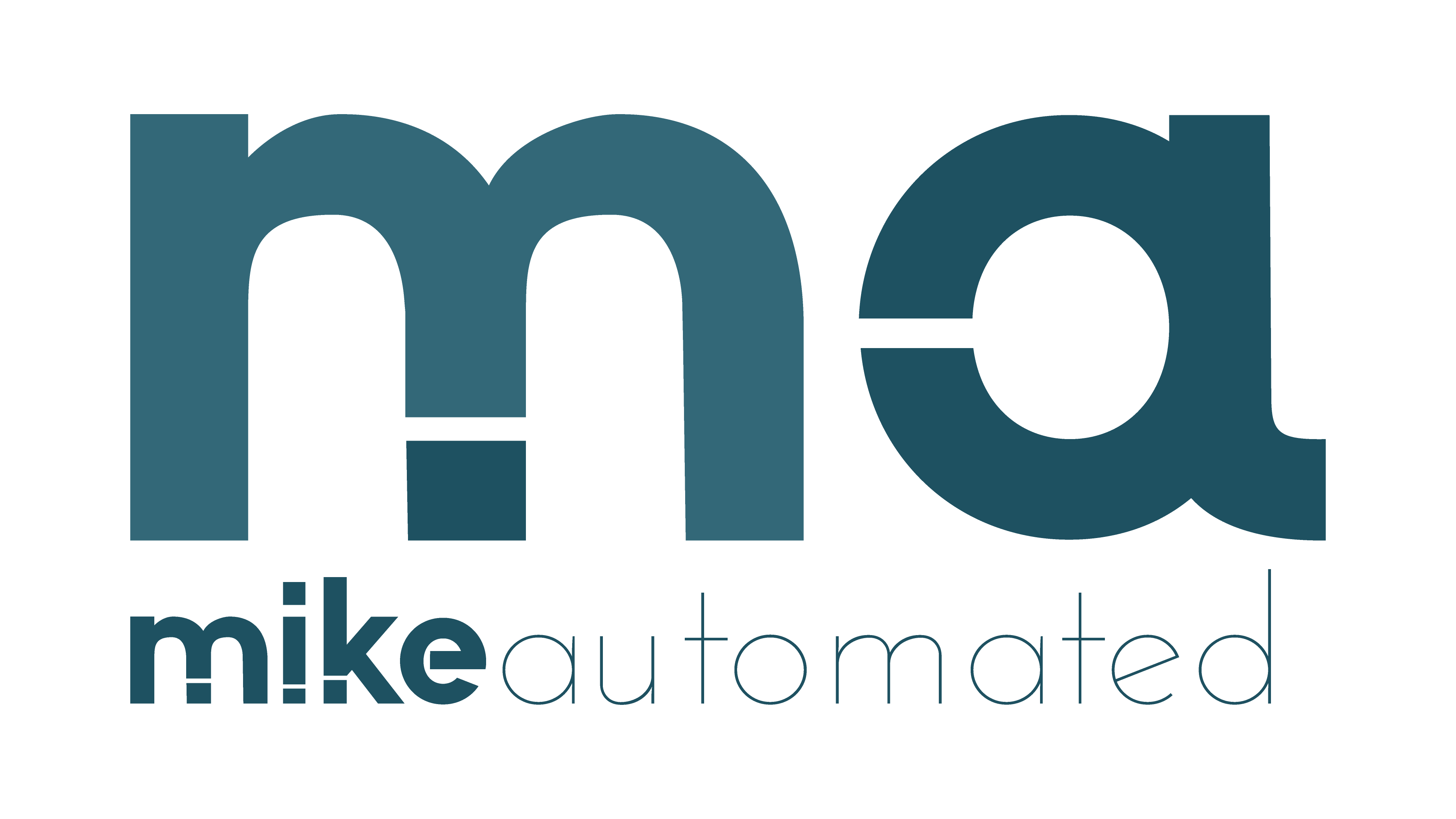TL;DR:
- AI is transforming agriculture by improving productivity and reducing environmental impact.
- Smart farming technologies like predictive analytics and drones enhance crop monitoring and disease management.
- Robotics and automation streamline planting, harvesting, and soil management processes.
- AI supports sustainable practices through precision farming and resource optimization.
- The future of agriculture relies heavily on widespread adoption of AI-driven tools.
Introduction to AI in Agriculture
Artificial Intelligence (AI) is revolutionizing industries worldwide, and agriculture is no exception. As the global population rises, the need for efficient food production and sustainable farming practices has become more pressing. AI-powered technologies enable farmers to monitor crops, optimize resources, and predict threats, leading to better yields and reduced environmental impact. This article explores how AI is transforming agriculture, offering actionable insights on its applications and benefits.How AI is Used in Agriculture
1. Predictive Analytics for Crop Yield
Predictive analytics, combined with machine learning, helps farmers anticipate crop yields based on weather forecasts, soil conditions, and historical data. By processing massive datasets, AI-powered platforms provide accurate insights that guide planting and harvesting decisions.- Example: Using satellite imagery and sensor data, companies like Climate FieldView offer crop-specific predictions to maximize productivity.
- Actionable Tip: Farmers can integrate IoT (Internet of Things) sensors with AI tools to continuously track variables like soil moisture and nutrient levels.
2. Smart Drones for Monitoring
Drones equipped with AI-driven cameras monitor large-scale farmlands efficiently. These drones capture high-resolution images, which AI models process to detect crop diseases, pests, or irrigation issues in real time.- Benefit: This minimizes the manual labor required for inspections and ensures early problem detection.
- Visual Suggestion: Include a drone-monitoring infographic that illustrates how AI identifies crop disease from aerial imagery.
3. Robots for Precision Farming
Robotics paired with AI empowers precision farming by automating repetitive tasks such as planting and weeding. These machines utilize AI algorithms to ensure accuracy, reducing waste and maximizing resource efficiency.- Example: Blue River Technology’s “See & Spray” robots use AI to precisely spray herbicides only on weeds, cutting chemical usage by up to 90%.
- Actionable Tip: Gradually adopt robotics for labor-intensive tasks like harvesting to improve workflow efficiency.
4. AI in Livestock Management
AI systems monitor livestock health using sensors and image recognition. For example, wearables track vital signs, while camera systems detect signs of illness or discomfort through AI-driven analytics.- Benefit: Farmers can address health issues early, reducing animal mortality rates and improving productivity.
- Long-Tail Keyword: “AI applications in livestock health monitoring”
5. Supply Chain Optimization
AI helps streamline the agricultural supply chain by ensuring timely delivery of produce, reducing waste, and forecasting market demand.- Example: Companies like IBM use AI to trace food supply chains for better transparency and efficiency.
- Actionable Tip: Leverage AI-based platforms to better predict market trends and plan inventory management.
Benefits of AI-Driven Agriculture
1. Increased Productivity
AI tools enhance productivity by providing real-time insights and automating labor-intensive tasks.2. Sustainable Practices
Precision farming supported by AI reduces water, fertilizer, and pesticide usage, fostering sustainability.3. Better Decision-Making
With actionable data and predictive models, farmers make informed decisions, reducing risks and maximizing profitability.4. Reduced Environmental Impact
By optimizing resource use, AI-driven methods help lower agriculture’s carbon footprint.Challenges and Opportunities
1. Barriers to Adoption
High initial investment and lack of technical expertise can deter farmers from embracing AI tools.2. Need for Collaboration
Stakeholders in agriculture, including governments and tech developers, must collaborate to make AI accessible.- Actionable Step: Offer training programs and subsidies to encourage AI adoption.



